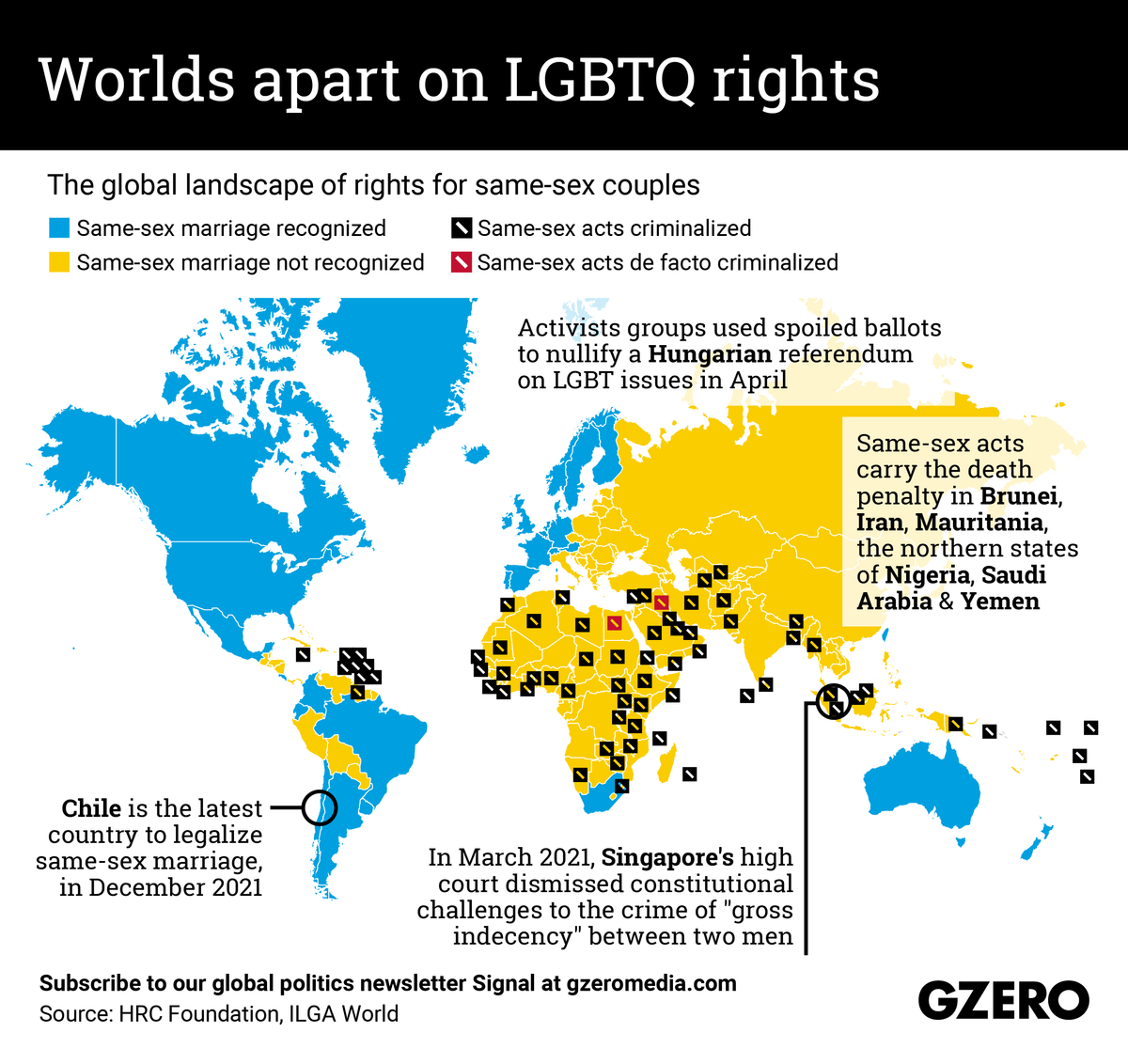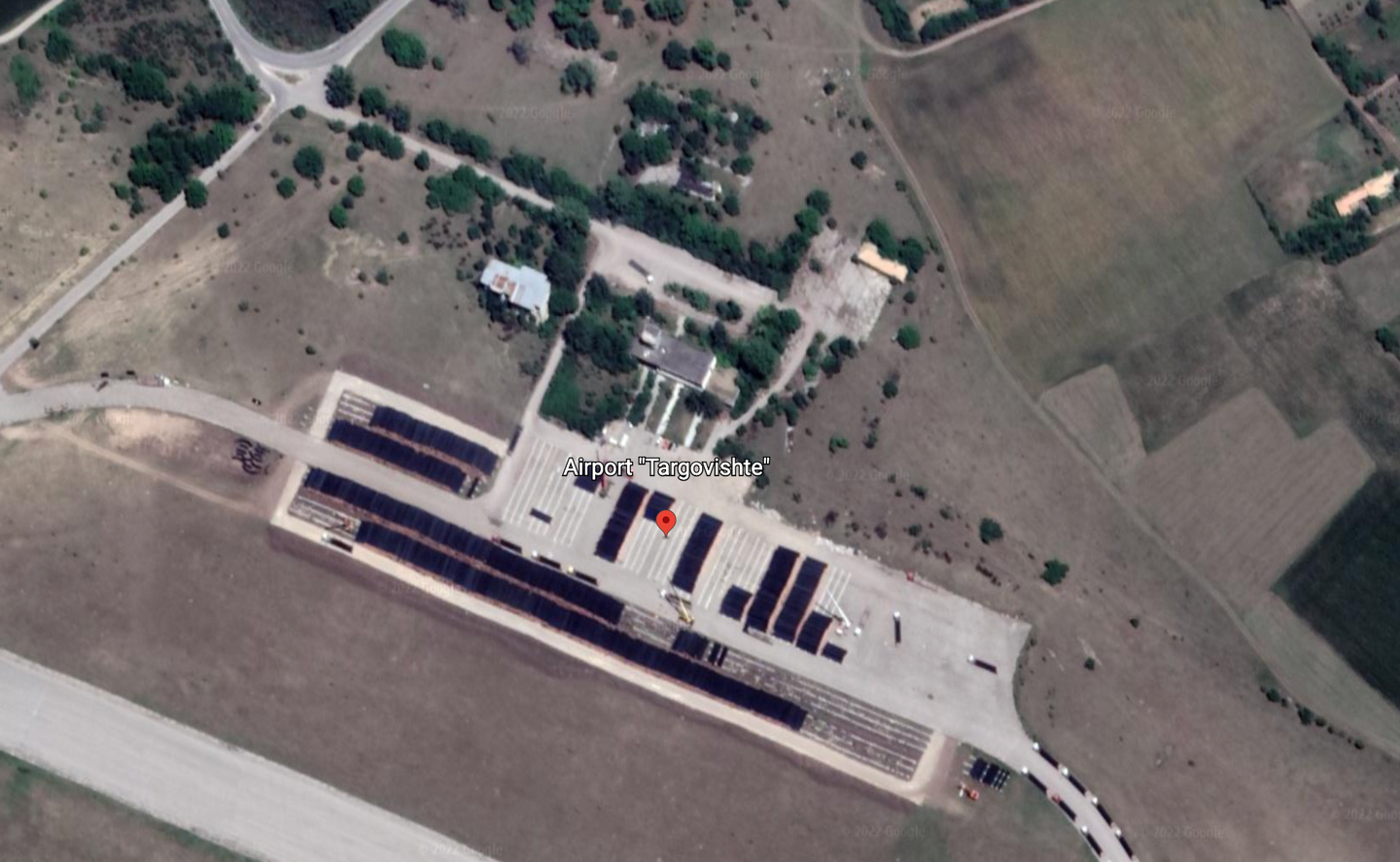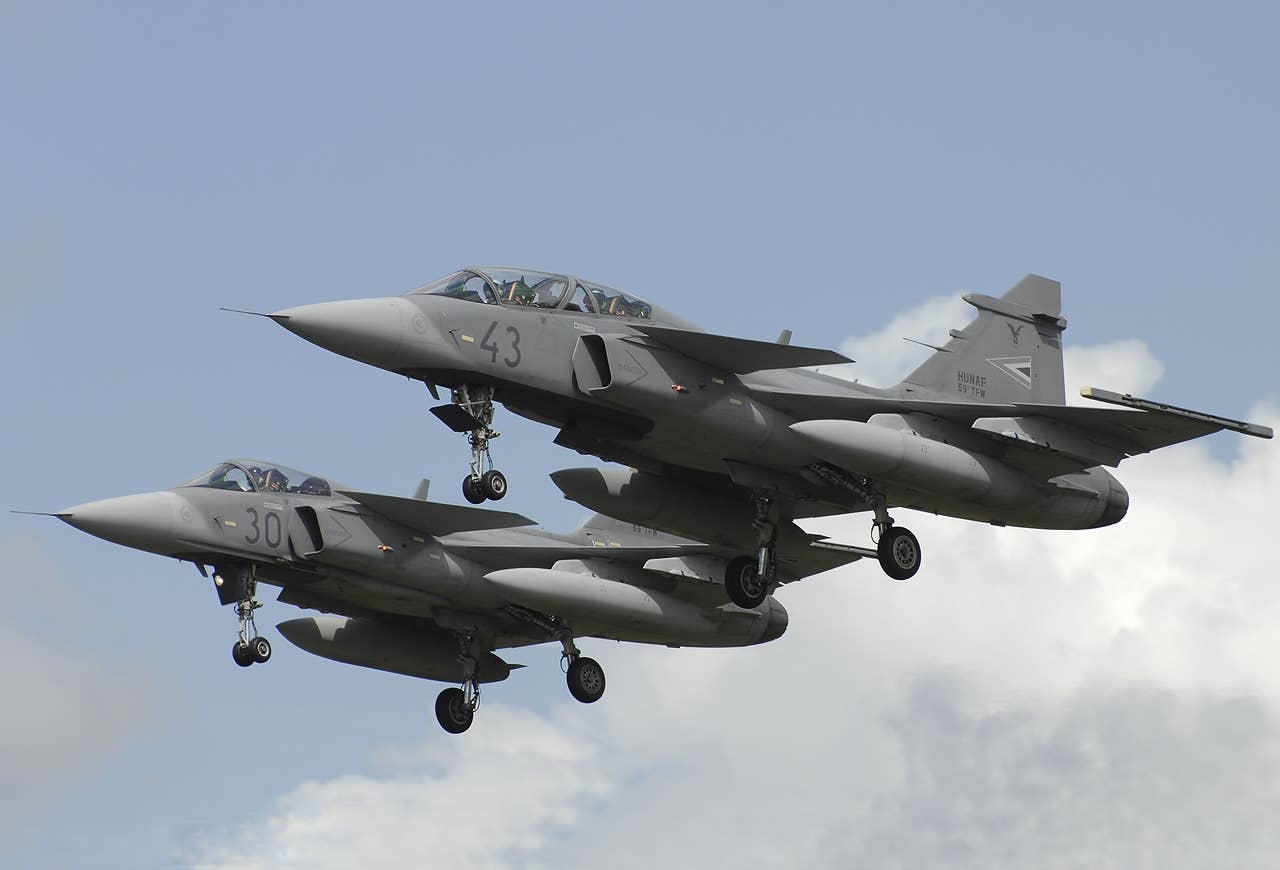‘Hedgehogs’ dug in and kept out Putin’s forces
‘Dad’s Army’ to head to front after defending Irpin

An emptied cluster munition container is seen stuck in the ground following a Russian military strike on the outskirts of Kharkiv, Ukraine. AGAINST THE GENEVA CONVENTION
Photo: Reuters/Ivan Alvarado
Nicola Smith and Illia Novikov
June 11 2022
Armed with AK-74s and clad in mismatched uniforms, the husbands and fathers of Irpin still patrol near the town’s shattered bridge.
It was here, early in the war, that Russian shelling killed dozens of fleeing civilians, turning the crossing into a symbol of human suffering.
The men’s patrols are voluntary but foreshadow what may still come for citizens of Irpin – a once idyllic commuter town on the outskirts of Kyiv – who could be called up at any time to serve in the devastating war of attrition on the eastern front with Russia.
When Moscow unexpectedly launched a barbaric assault on the towns surrounding the Ukrainian capital in February, neighbours banded together and picked up hunting rifles, shotguns and literally any weapons they could find to fight Russian soldiers back from their families’ doorsteps.
Hulk, Doberman, Beard and Armenian became the nicknames of one “Dad’s Army” who forged a dogged camaraderie in the ashes of their homes.
The men, who did not wish to reveal their full names, called their ad hoc unit the Hedgehogs as a nod to their strategy of making their neighbourhood too difficult for the Russians to touch.
Peace has returned to Irpin, but their families have not returned to the ruins from their scattered refuges. The Hedgehogs, who have since forged links to the local Territorial Defence Forces, say they are training to go to the eastern front and see the war through to its bitter end.
“If our guys in the East need back-up and support, we are ready to do that,” said Hulk, 35, who in peacetime managed nightclubs and a furniture business. “We are defending our land. It’s important that we didn’t go to anyone else’s country. They came here and they are killing our women and children. So we are ready to fight and defend to the last one of us.”
Their determination defies the horrific admission this week by Ukrainian government officials that the brutal battle over the strategic industrial town of Severodonetsk is costing Ukraine up to 200 military casualties every day, as Russia pummels defending forces with superior long-range weaponry.
Volodymyr Zelensky, Ukraine’s president, has warned the fate of the entire Donbas region hangs on victory in the fight over the embattled city.
On Thursday, a Ukrainian and western intelligence dossier suggested there was a growing risk of demoralised Ukrainian soldiers deserting their ranks, The Independent reported. The Ministry of Defence refuted the report as untrue and likened it to “Russian propaganda”.
There was no sign of the dossier’s pessimism among the Hedgehogs: men who survived the Russians laying waste to their hometown in March and who are now prepared to face another hellscape in Donbas.
The fight is very personal. Doberman, 33, a former salesman, said he cried after he “lost his dream” to hold his first child, William, who was born last week in Canada rather than at home in Irpin.
Beard, 36, a truck driver, also forced his wife to flee to safety with their seven-year-old son and two-month-old daughter after their apartment building was hit by a mortar.
He still guards the street next to the blackened, charred remains of their flat in a once child-friendly cul-de-sac now pockmarked by shell craters.
At of the end of May, President Zelensky said some 700,000 military personnel were defending the country.
Official recruitment statistics are hard to nail down, but reports suggest Ukrainians are still lining up to join the fight – many motivated by a higher cause of defeating the advance of an authoritarian aggressor.
Konrad Muzyka, founder of Rochan Consulting, an independent defence consulting firm, told The Economist the number of would-be recruits for the armed forces is so high that there is a month-long waiting list to be inducted.
The more pressing challenges appear to be a lack of experience and training, and, in recent months, some shortfalls in protective gear like flak jackets, helmets, ear and eye protection.
Matthew Robinson, 39, from Yorkshire, is one of about 40 international ex-military trainers working with the Georgian Legion in Kyiv to teach recruits the basics of battle tactics and weapons handling.
But as the battle rages in the East, time is impossibly short.
He said a training session this week was abruptly called off by the military, with the message that “they are already being sent to the front, so we are cancelling the exercises”.
Mr Robinson, who said he had trained some 2,000 “completely inexperienced” volunteers, including the Hedgehogs, expressed frustration that so many were being deployed “ill-trained” and “ill-equipped” with a “hodge-podge” of body armour, firearms with no optics, and sub-optimal ammunition.
“They have big shopping lists of everything they need. It’s horrifying. I look at these men and think ‘a third of you are not going to live’,” he said.
“You do not have enough time to thoroughly drill these guys on the basic principles. You have to go through the motions and hope that they live and learn but it’s horrifying to see they are sending these men out to the front with these issues.”
Mykhailo Podolyak, a senior presidential adviser, said soldiers did receive proper training and refuted claims that front-line soldiers do not have body armour, although he has repeatedly stressed the terrible death toll inflicted by Russian artillery.
Experts also present a more complex overview of the state of Ukraine’s forces, stating that despite wartime chaos, the country has held off an overwhelmingly powerful enemy.
“It seems that we were underestimated, and they were overestimated,” said Ruslan Kavatsiuk, a Ukrainian adviser for Spirit of America (SOA), a US non-profit that is one of several groups distributing non-lethal military gear to Ukrainian front lines.
It has engaged a network of military commanders to donate nine busses and 155 tons of supplies including bulletproof vests, ballistic helmets and first aid kits to Ukraine’s forces, transported “invisibly” in vans and cars to where it is most needed.
This was not a war effort that had been forced to embrace recruits with a vastly different range of experience, he said.
The Russian “professional army is losing to all of these people”, he said, pointing to the deaths of multiple high-ranking Russian officers, including 12 generals.
“Russians don’t understand how bees operate. It looks like chaos but, in the end, they get the job done,” he said.
Matt Dimmick, SOA’s regional programme manager for Europe and previous director for Russia and Eastern Europe on the US National Security Council, said that while the Russians were bleeding the Ukrainians with artillery, Moscow, too, was being worn down by battle.
“The Russians have put everything they have into the fight,” he said. “They don’t have a renewable resource when it comes to their own troops and capabilities.”
While they could become entrenched and hard to root out, they may have reached their limits of advancing, he added.
They could make limited gains in some areas where they focused artillery power but would “probably suffer equal or more losses” where they did not have similar resources.
“The Ukrainians will sniff that out and make the Russians pay for it.” (© Telegraph Media Group Ltd 2022)



/cloudfront-ap-southeast-2.images.arcpublishing.com/nzme/D3BEROIPDNBJNXUOEJ6TM3AVCI.jpg)
/cloudfront-ap-southeast-2.images.arcpublishing.com/nzme/BJMQXWAAVRQCNY7RUULTROX2PE.jpg)

 Satellite image of the Targovishte Airport. Google Earth
Satellite image of the Targovishte Airport. Google Earth
